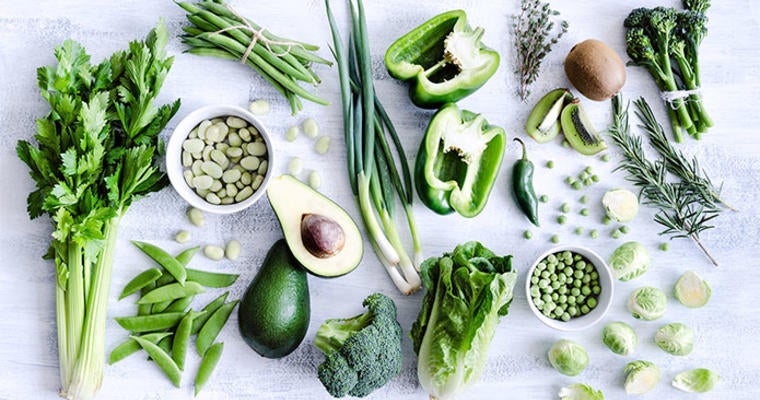Consumer demand for whole foods is increasing. Understand why and how you can answer back.
In today’s food culture, there is a lot of buzz about clean-label products, sustainability, locally sourced ingredients and reducing food waste. Whole foods have a place in that picture, but they raise questions about how they differ from processed foods and where that leaves them on your menu.
Defining processed and whole foods
Would the whole foods category include boiled eggs, walnuts, crushed strawberries and granola? Yes and no. Although each one of these foods is technically processed—boiled, cracked, crushed and baked, respectively—many would consider them whole, but minimally processed. Compare these foods with some others, such as boxed macaroni and cheese, potato chips, white bread and potato granules and the definition of processed foods becomes clearer.
Typically when people talk about the whole foods movement, they are referring to minimally processed foods, which are closely related to the clean-label movement. With both whole foods and clean-label foods, the focus is on eliminating imitation flavours and colours, and reducing preservatives. This is why you’ll often find whole foods and minimally processed foods being used interchangeably.
How we got here
Canadians have gone through industrialization and war. These events brought with them dietary changes born of necessity. Urban factory workers and soldiers needed portable, shelf-stable food. Then came the hippie counterculture of the ’60s and ’70s, bringing with it awareness of today’s food issues: cleaner labels, sustainability, local sourcing and reducing food waste. Fresh, whole foods were in style, but without technology to spur the movement, progress was slow to take hold.
With the birth of modern processed foods after World War II, food became more complicated. Food manufacturers scrambled to meet the needs of a growing population Technology was employed to enhance existing items, hence the functional foods we know today. But these enhancements blurred the line between processed and whole foods, and we found ourselves grappling with what we should be eating, as making healthy choices no longer seemed simple.
Today, we’re seeing another societal shift, with a renewed demand for clean, whole foods driven by our improved understanding of health and wellness, and the role food plays in both. Technology, especially social media, has made it easier for consumers to speak with food manufacturers, and they’re not only listening, but responding.
Making room for whole foods on your menu
While some people look on processing with disdain, it is necessary to feed our modern population, as processing allows food to be safely transported. It also can help preserve nutrients. For example, fruits and vegetables intended for freezing are harvested and flash frozen at their peak—generally when they’re the most nutrient-packed. If they were sitting on a grocery store shelf, the time from delivery to arrival could see some of those nutrients depleted.
There’s also the issues of seasonality and safety to consider. Without processing, many ingredients wouldn’t be available year-round or safe to serve, making menu creation much more challenging, expensive and time-consuming for foodservice operators. Time and money always will be limiting factors in commercial and noncommercial kitchens, so how can operators stay within their food and labour budgets while meeting customer expectations? One way is to offer a few signature dishes that satisfy with homemade, whole-food goodness while balancing the rest of the menu with speed-scratch items.
Another way is to consider updating your recipes with whole and minimally processed ingredients, including fresh, frozen and canned fruits and vegetables; whole grains; and proteins such as eggs, nuts, lean meats and beans. Also, think beyond your main dishes. Change out some of your sides for whole food options. Take a look at your drink menu and consider offering fresh smoothies.
As changes are made, be sure they fit with your overall brand. If they don’t, no matter how good they are, they’re going to feel disconnected, which won’t sit well with your customers.
Tell it to sell it
However you choose to incorporate whole or minimally processed foods on your menu, be sure to call them out so customers can spot the differences. Use verbiage in your item descriptions, or place a symbol next to item names and link it to an explanation somewhere else on your menu. Tell your story. Explain what moved you to feature wholesome ingredients and simplified dishes, and use that explanation to create a deeper connection with your customers. They’ll value the thought and insight and maybe even become advocates for your restaurant, repeating your story to others.
As whole and minimally processed foods take a greater hold, consumers will become more and more likely to seek restaurants that feature them. Stand out by incorporating whole foods in a way that’s true to your brand and you’ll satisfy their taste while simultaneously securing their loyalty.

























